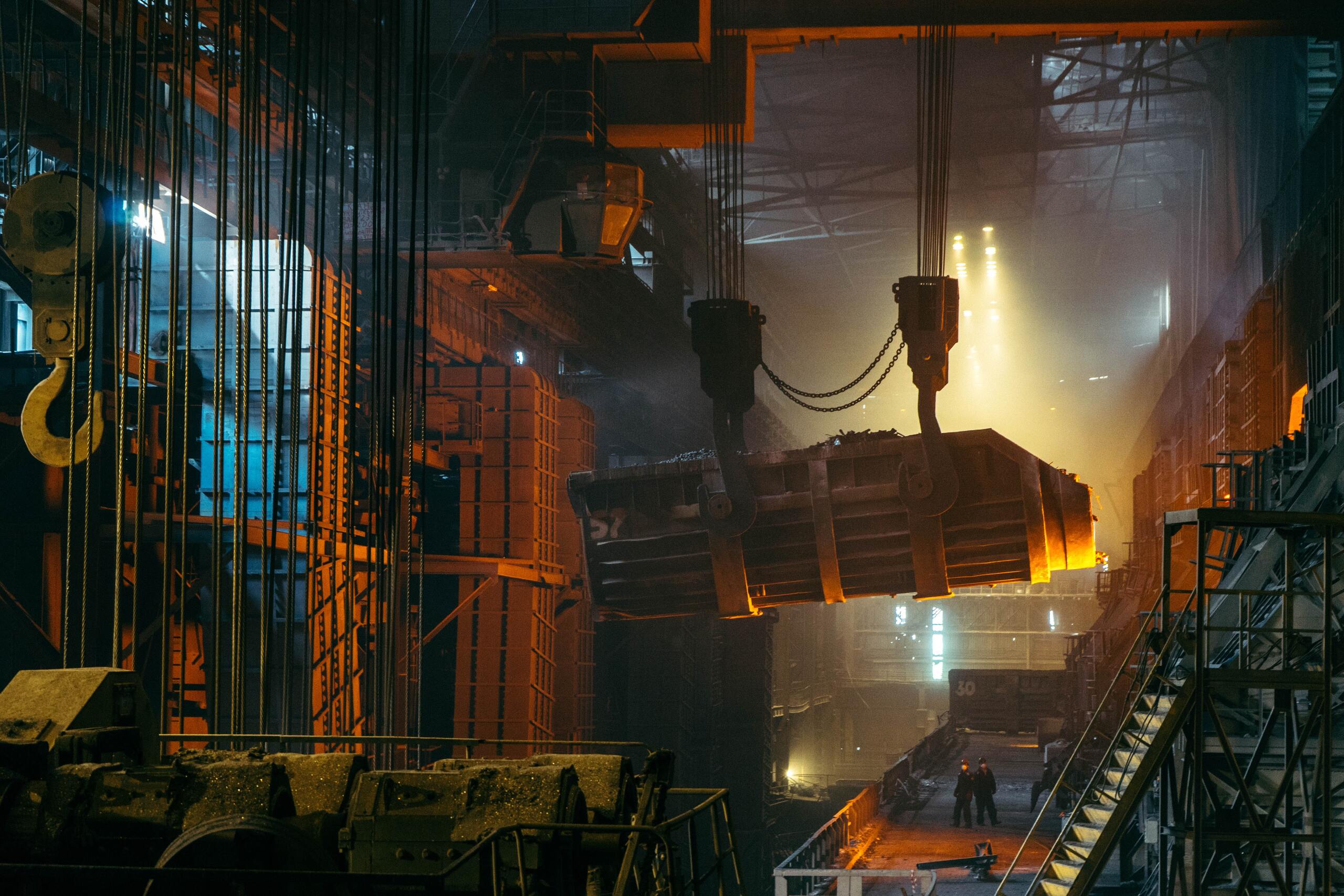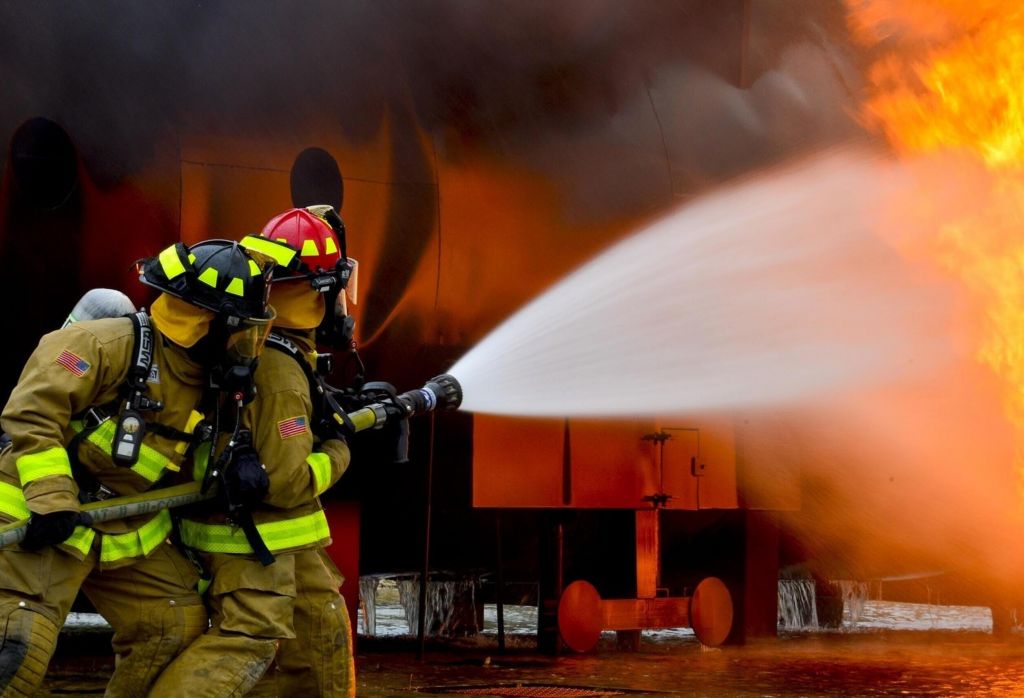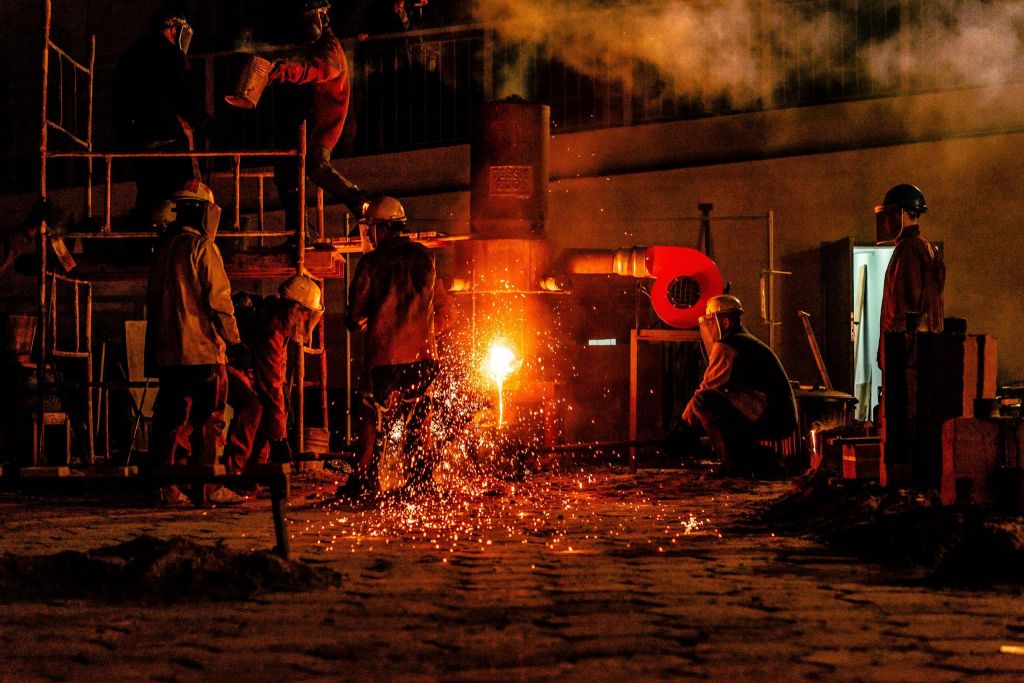Despite being an essential sector for almost every type of operation, from the supply of raw materials to the manufacturing of final products, the steel industry is not immune to various economic problems and challenges in optimizing its operation.
Aiming to strengthen itself after the peak of the coronavirus pandemic, several opportunities in process optimization and maintenance in this sector have emerged. But what can the managers of these industries focus on to minimize the after-effects of years of declining results?
Read the article below and find out what are the best ways to optimize the operation and maintenance of steel industries!
Main Challenges Faced by Steel Industries
First of all, the steel industry is very extensive, as it is possible to produce many different types of products from raw material. Because of this, many processes can take place along the production chain, introducing and discarding a varied range of materials in the operation.
One of the consequences of this is that a lot of solid residues are wasted and eliminated, which are not properly utilized or even incorrectly disposed of in the environment.
In addition, many of the processes mentioned above depend on heat to happen, which is provided by burning fossil fuelsssil fuels. Thus, in addition to the disposal of solid waste, we have the emission of polluting gases into the atmosphere as an aggravating factor.
According to the International Energy Agency, the direct CO2 intensity of steel production needs to drop 4% per year until 2030 and maintain this reduction in order to achieve a net zero scenario in 2050. And this challenge is not only related to the environment, because reducing greenhouse gas emissions into the atmosphere has also been a focus to ensure greater support from stakeholders, who are increasingly demanding sustainability.
Finally, another problem that does not affect exclusively this type of industry is the poor data management of the operation. Since this type of industry has to deal with many different complex processes, fully understanding the data being generated all the time is a very difficult task.
As a result, essential inspection and maintenance tasks become susceptible to errors over time, the efficiency of the entire process drops, and the life span of equipment becomes shorter and shorter.
3 Key Ways to Improve O&M Results in Steel Industries
1. Secondary production
Because of all the material waste throughout the production chain, managers of steel industries need to develop plans for the gathering, sorting, and reuse of these raw materials.
This recycling process can even be thought by engineers so that these residues can be used in a process of industrial symbiosis, where they become raw material for the production of other products. Thus, it is possible to make the entire operation more profitable and with less waste or damage to the environment.
2. Energy transition
To control the large greenhouse gas emissions from fuel-burning processes in steel industries, many companies have already started or are charting a roadmap to implement energy transition in the operation.
In this scenario, several structures and ideas need to be planned and installed, from transporting and storing eventual CO2 emissions to completely switching to low-carbon energy sources, such as hydrogen or renewable sources like solar and wind.
Click here and read our article about how renewable energy is benefiting industries to understand more about this topic!
3. Technology implementation
As a third, and probably one of the most important actions, is the implementation of new technologies in the operation of steel industries. In order to solve all the complexity of data management in these companies, the deployment of tools and softwares capable of assimilating the data generated in the operation and transforming them into valuable insights is one of the most important measures to really optimize processes.
This digital transformation journey has several fronts, and can help from predictive maintenance of equipment and increasing their efficiency, to assertive monitoring of energy production or emission of gases into the atmosphere by industrial processes, for example. In other words, implementing new technologies also helps the other optimization actions mentioned above.
Conclusion
Dealing with all the complexity of steel industries is not easy, which is why problems such as low efficiency and waste are central challenges to managers.
To deal with this, making plans to optimize production with waste reuse, energy transition, and implementation of new data intelligence technologies is more than essential.
If you want to learn more about how digital transformation can help the process of optimizing industrial operation and maintenance, click here to read an article on the topic!



